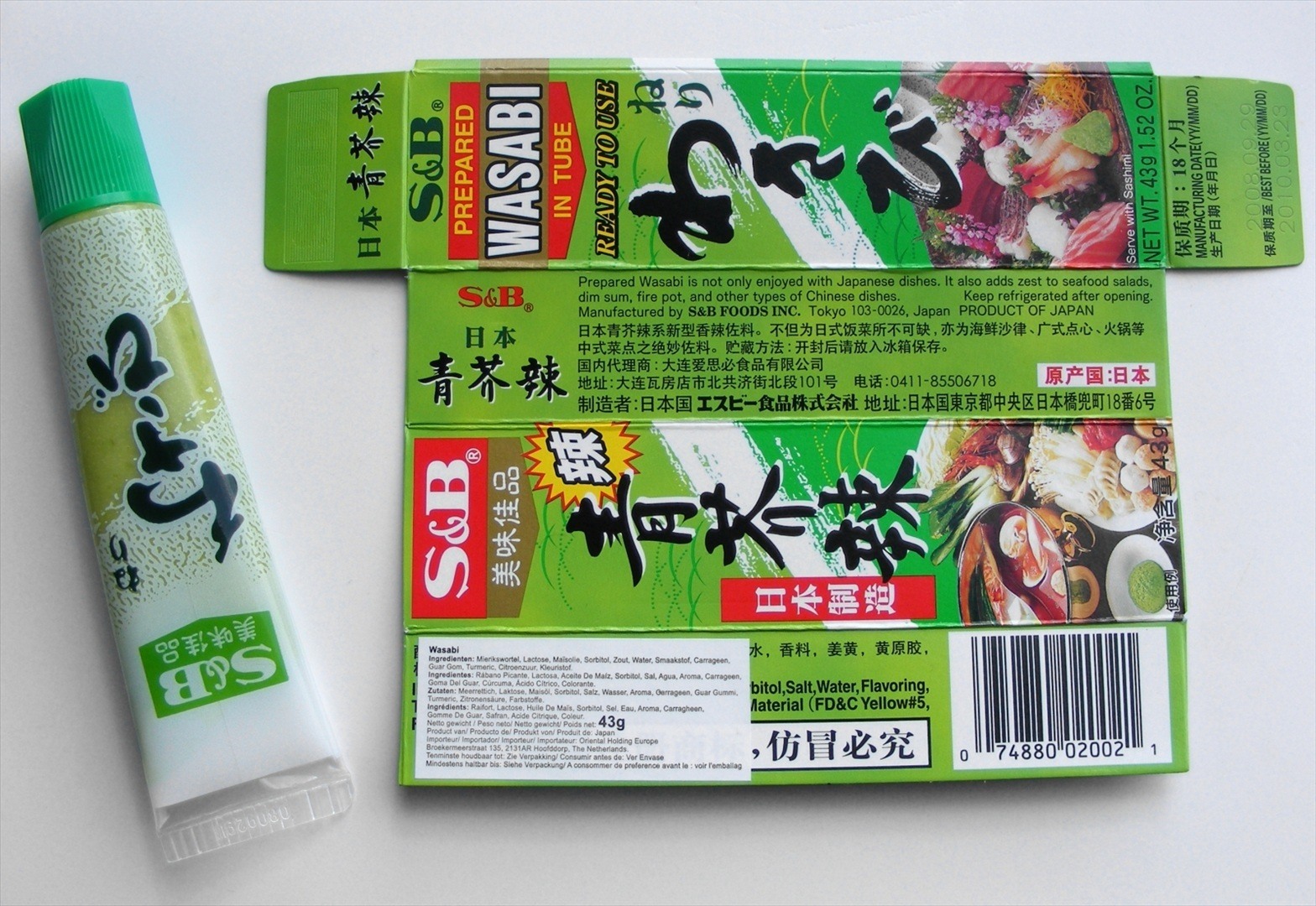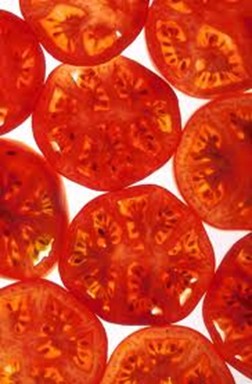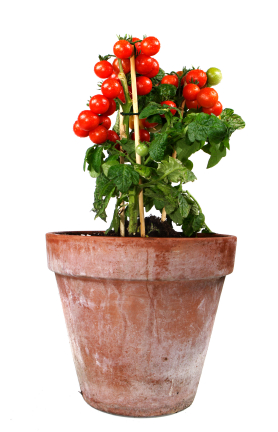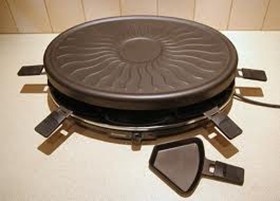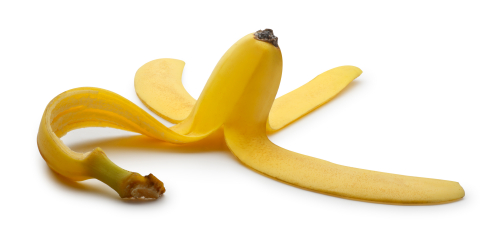The Green Foodprint was recently selected for review by Publishers Weekly, one of the most distinguished and respected sources for book reviews in the industry. For their expert opinion, click here and read the glowing review they gave The Green Foodprint.
Ah, back to nature. Cooking and eating outdoors like our ancestors…. But this rustic scene is not so innocuous. Each July 4, millions of people light their barbecue grills, burning the equivalent of 2,300 acres of forest, emitting nearly 225,000 metric tons of carbon dioxide. Particulates fill the air. Grease burns onto the grills and harsh cleansers are used to clean them. Plastic, paper, and glass trash litter our picnic areas. We throw food away rather than carry it home, accustoming wild animals to finding food in waste bins or thrown on the ground. This is not safe for them or for us.
We can do better than this – and here’s how:
The barbecue: Lighting up the fire doesn’t have to be a soot- and gasoline-smell-producing act. Don’t use lighter fluid to start the barbecue–it contributes to smog. Use a chimney starter instead, a metal cylinder with a handle into which you put your charcoal briquettes. They heat up much faster and require no lighter fluid. Douse them with water after you’re done cooking. This helps prevent fires, and saved briquette pieces make good fixings to start the next barbecue.
The fixins’: Instead of meat, grill tasty vegetable skewers. Healthier for you and the planet! Corn on the cob can be grilled in its husk if you first soak it in water. This eliminates the need for aluminum foil.
The cleanup: Bring reusable utensils and then take them away with you. If you do use disposable plates, utensils, and cups, use ones made from cornstarch or other biodegradable materials. Then take them home and compost them. Put leftovers in reusable containers and take them home to eat later. Recycle everything recyclable. Properly dispose of all litter. Clean your grill promptly, using warm water and baking soda, before the burned food hardens and you are tempted to use harsh chemical cleaners.
Afterwards, relax and enjoy food and energy independence!
A few months ago I wrote about edible food packaging, which, if it becomes feasible, would be one interesting way to tackle the astounding waste of natural resources (trees, petroleum, aluminum, energy) caused by food packaging. According to As You Sow, an organization devoted to leading corporations toward sustainability, “At least 43 million tons of plastic, glass, metal, and paper packaging—much of it with market value—is landfilled or burned in the U.S. each year. Packaging waste is also the biggest component of ocean litter that harms marine life and pollutes our oceans.”
Before I get to today’s news, here are some things you can do right now about packaging waste, that I wrote about here:
✓ Buy products with the least packaging: Fresh, local, in season. Be willing to buy produce that is perfectly good, though it might not look perfect.
✓ Buy products in bulk or large containers, not tiny serving sizes.
✓ Use concentrates (juices, cleansers), which require less packaging.
✓ When buying a few small items, ask the clerk not to put them in a bag.
✓ Reuse and recycle the packaging you can’t avoid.
✓ Bring your own cloth bags. Many grocery and drug chains sell them, as do online retailers. Some stores give you a small rebate for bringing your own bags.
✓ Eat your package. Buy ice cream in cones, not plastic cups.
Extended producer responsibility (EPR) is a new movement, complete with its own acronym, challenging manufacturers to create more earth-friendly products and to take responsibility for their remains after consumers (that’s you and me!) have used them. So far this mostly pertains to large appliances. In the food world, of course, recycling is the currently most usable technique.
And, of course, if you go for apples and bananas, you can always eat your packaging!
Tomato lovers rave about the lively, distinct taste of genuine fresh tomatoes, which they say is infinitely superior to the hard round red billiard balls you can get at the supermarket any time of year. I can’t vouch for this, not being a raw tomato fan, but there isn’t much debate that conventional tomatoes are hard and tasteless. Here’s what author Barry Estabook said in his 2011 book Tomatoland:
“Perhaps our taste buds are trying to send us a message. Today’s industrial tomatoes are as bereft of nutrition as they are of flavor. According to analyses conducted by the U.S. Department of Agriculture, 100 grams of fresh tomato today has 30 percent less Vitamin C, 30 percent less thiamin, 19 percent less niacin, and 62 percent less calcium than it did in the 1960s. But the modern tomato does shame its 1960s counterpart in one area: It contains fourteen times as much sodium.”
Here in the San Francisco Bay Area, we’re blessed to be near the Central Valley, one of the world’s great breadbaskets. We also have lots of small farms and urban farmers, so those juicy red tomatoes are not too hard to find here. Farmers’ markets can be found in Berkeley, San Francisco, Walnut Creek, Moraga, San Rafael – go here to find one near you. The newest one opened this week in Lafayette.
You can always GROW tomatoes, as they are very forgiving and brown-thumb-friendly. Even a single potted plant can, with minimal human intervention, provide those tasty red tomatoes that are so prized.
When I was writing The Green Foodprint, I checked out some of the quaint devices you can buy to make cooking “easier.” I located the following:
- Microwaveable ice cream scoop
- Cherry pitting device
- Home cotton candy maker
- Oddly shaped pan that bakes brownies with more edges
- Gadget that cuts up a hot dog to look like an octopus.
- Microwave s’more maker
- Avocado knife
While one might applaud the ingenuity, I shook my head over the waste of metal, plastic, packaging, trucking, and electricity that go into manufacturing, distributing, and using these ridiculous toys. But wait! There’s more! You can also get a stainless steel lobster fork, a toaster with a Darth Vader design, a voice-recognition electronic grocery list organizer (for a mere $150), and an espresso machine that (I kid you not) recognizes your fingerprint so it will make your drink just the way you like it, without all that exhausting pushing of buttons on regular espresso machines. This toy will set you back $3,200.
Seems I’m not the only one scratching her head at this technology gone wild. A New York Times reporter also found people who confessed to having purchased an automatic polenta maker, escargot tongs, milk frothing machines, and a panini press. It appears that Rube Goldberg is alive and well in the design department of manufacturers desperate to part you from your money.
Here’s the main advice I give in The Green Foodprint: Use your muscles to chop, stir, peel, and all the rest. You’ll be healthier for it – and so will the earth.
You’ve heard that in nature, there’s no such thing as waste. Yet in America, the amount of food that we waste every year is staggering. A study found that we waste millions of tons of food a year — 29% of all we produce – at many points, from farm, to packer, to store, to table.
Given that there are so many hungry people in this country, that’s a tragic loss. But the study pointed out another consequence that I hadn’t thought of before: the entire life cycle of growing, packaging, transporting, and disposing of all this waste produces 2% of our greenhouse gas emissions, over a hundred million tons of carbon dioxide a year. Meanwhile, a staffer for the Natural Resources Defense Council found that the average American family of four loses up to $175 a month in wasted food, and included some interesting charts she gleaned from the report mentioned in the first paragraph.
We can stop this waste and eat healthily and creatively. An article with the provocative title “That’s Not Trash, That’s Dinner” gave several ideas for using those thick broccoli stalks: peel and chop them to make soup, or shred them to put into broccoli slaw, or shave them and top with lemon zest and Parmesan cheese.
What you can do:
- If you buy a new or special ingredient on impulse (and that’s not a bad thing, since diversity in diet is good for us and for the earth), be sure to use it right away.
- Enjoy leftovers. This is your chance to learn new recipes, or put on your creative hat and invent something original. My own theory is that some of our favorite dishes evolved from the combination of leftovers and necessity.
- Compost the scraps that aren’t salvageable (heavy cauliflower leaves and stalks, for instance, and the odd bits you scrape off your plate after dining). Once you see the beautiful black rich soil that food scraps turn into in the compost bin, you’ll be amazed you ever thought of food scraps as garbage.
Or you could check out The Green Foodprint, which I published last year (2011).

